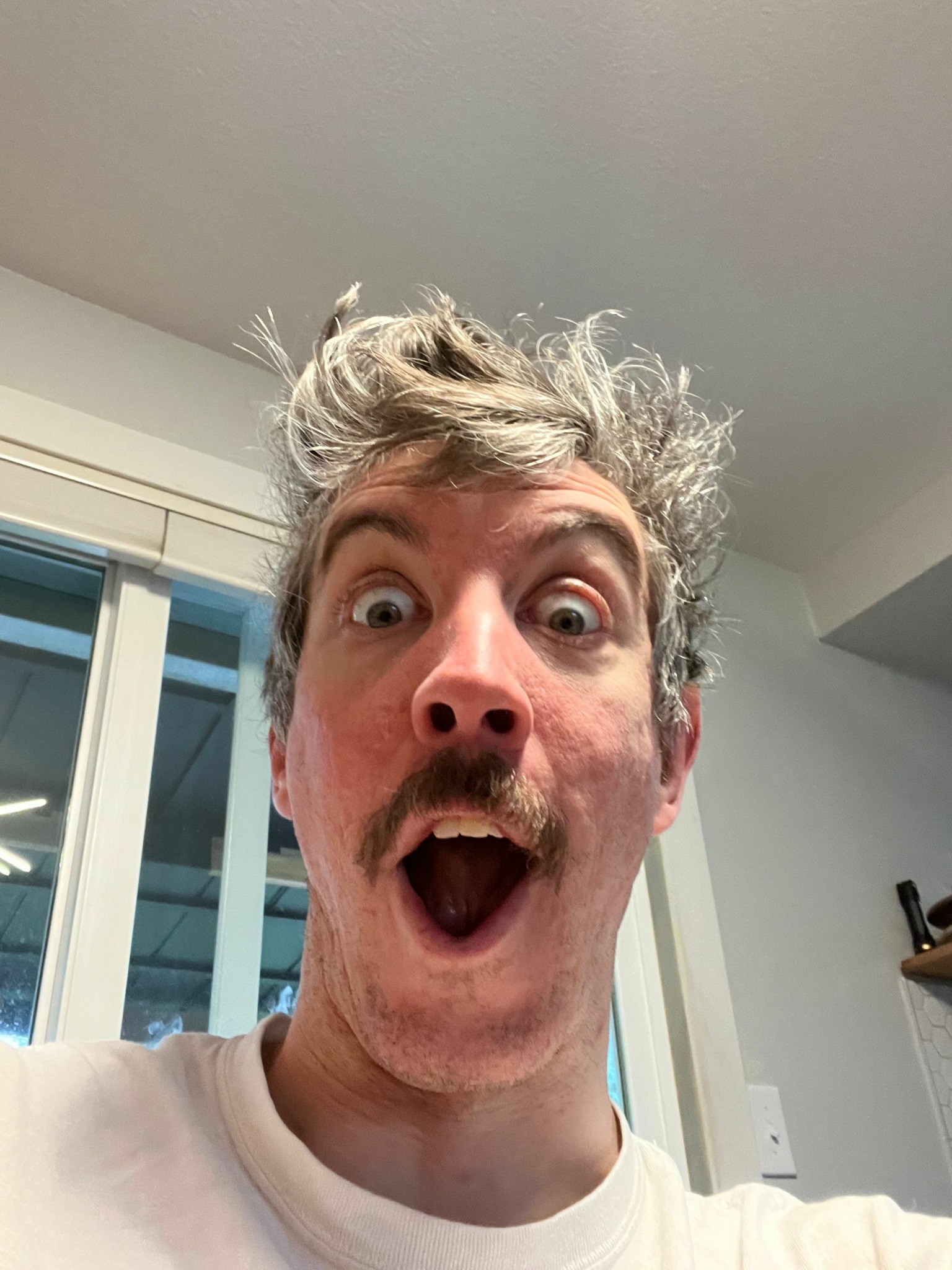We recently connected with Matthew Moore and have shared our conversation below.
Hi Matthew, thanks for joining us today. Are you happier as a business owner? Do you sometimes think about what it would be like to just have a regular job?
get tremendous satisfaction and fulfillment from being a small business owner. While that certainly has its own set of challenges, it can also be positively life changing. Before I more fully answer the second question, here’s some context. Prior to my first business, I worked full-time at an acute care hospital in the Portland-metro area as a clinical social worker. It was a great gig in many ways offering stability in a world and time that feels increasingly unstable. It can be really easy for folks to want to hunker down in the comfortable and I am no exception. Luckily though, my partner had already gone through the process of starting a business the year before. She had very little trouble building her own private practice–she also is a licensed clinical social work therapist–very quickly filling up with children and parents seeking her expertise and support. With her guidance and support, I tentatively formed my private practice. That business sat as a shell, untouched for 6 months until I had worked up the nerve to actually “do the work” of being a business owner.
I mean, why would I want to make the switch? My hospital job was reliable, paid well, and offered full-time employees some great benefits including robust health coverage. With a toddler and a pregnant wife, that security was difficult to walk away from. My business’s early ramp up was significantly slower than my wife’s which only fueled my self-doubt (probably a huge contributor to the slow start). The imminent birth of our second kiddo, the lagging development of my business, and the cumulative burnout of my time working in the healthcare sector drastically impacted by COVID, all ended up converging simultaneously. I took a leave of absence from work to preserve what little capacity I still had for the growing family. Working through anxiety, fear, and lack of self-assurance with my therapist, I tried recommitting myself to cultivating my private practice. Over the next few months though, I found that I was still grappling with any certainty I had tried to convince myself I had. I pursued opportunities with group practices and already established mental health companies trying to mitigate entrepreneurial risk. The tides of life ebbed and flowed and by the year’s end, I was past my conservative target caseload size solely through my own non-supplemented practice. By January, the likelihood of me ever returning to any regular 40-hour work week or 9-5 job was next to nil.
Present day, that first business is now complimented by a coaching business and what I’m most excited to share about—my design/creative venture called the PAK LTD. I feel so privileged to have been able to even be in the position that I was to start my first company as well as having experienced one of the most stressful periods of my life that demanded I reframe how I show up for our family and future.

Matthew, love having you share your insights with us. Before we ask you more questions, maybe you can take a moment to introduce yourself to our readers who might have missed our earlier conversations?
I grew up with a dad who owned his own small business that focused on historic preservation—think undertaking historic building surveys, researching people, neighborhoods and cities, and assessing historic and architectural significance– and a mom who did, and still does even in her retirement, graphic design. So naturally, I felt destined to grow up to be an architect–until I got a bad case of artist’s block planning for my collegiate senior art show. My artistic creative drive stalled, I changed my major changed from studio art to art history with the encouragement of my academic advisor, and my neatly planned future became much less clear.
Over the next decade, I dabbled in photography and doodled in my graduate school notes, but I largely shied away from inventive pursuits and flexing an atrophying artistic muscle. Suddenly earlier this year, whatever mental blockage cleared and I was flooded with designs, ideas, and plans. The initial imaginings were purely for pleasure and to just re-familiarize myself with successes and failures of the creative process. The formerly dwindling passion for creation led to a craving. It hasn’t become the maladaptive sort of craving, but rather an expression of self through art form that lets you tell the rest of your story you haven’t had the language to with an audience patiently waiting to listen. Much in the same ways I encourage communication in my therapeutic practice, I began to listen to myself. I began to pay better attention to the art all around me. I found art in nature and everyday scenes. I began to observe the ways in which I could contribute something new and different.
This creative pursuit, operationalized as the PAK LTD, allows me to blend form and function to be able to provide things that don’t just look nice but also distinctly serve a tangible purpose. I am excited to hone a few products that I plan to bring to market in the next few months as I continue to provide graphic design and photography services. One of these upcoming creations is called “holderPiece” and feels like a veritable confluence of my parents’ influences, my art history background, and my belief that form can hold function.
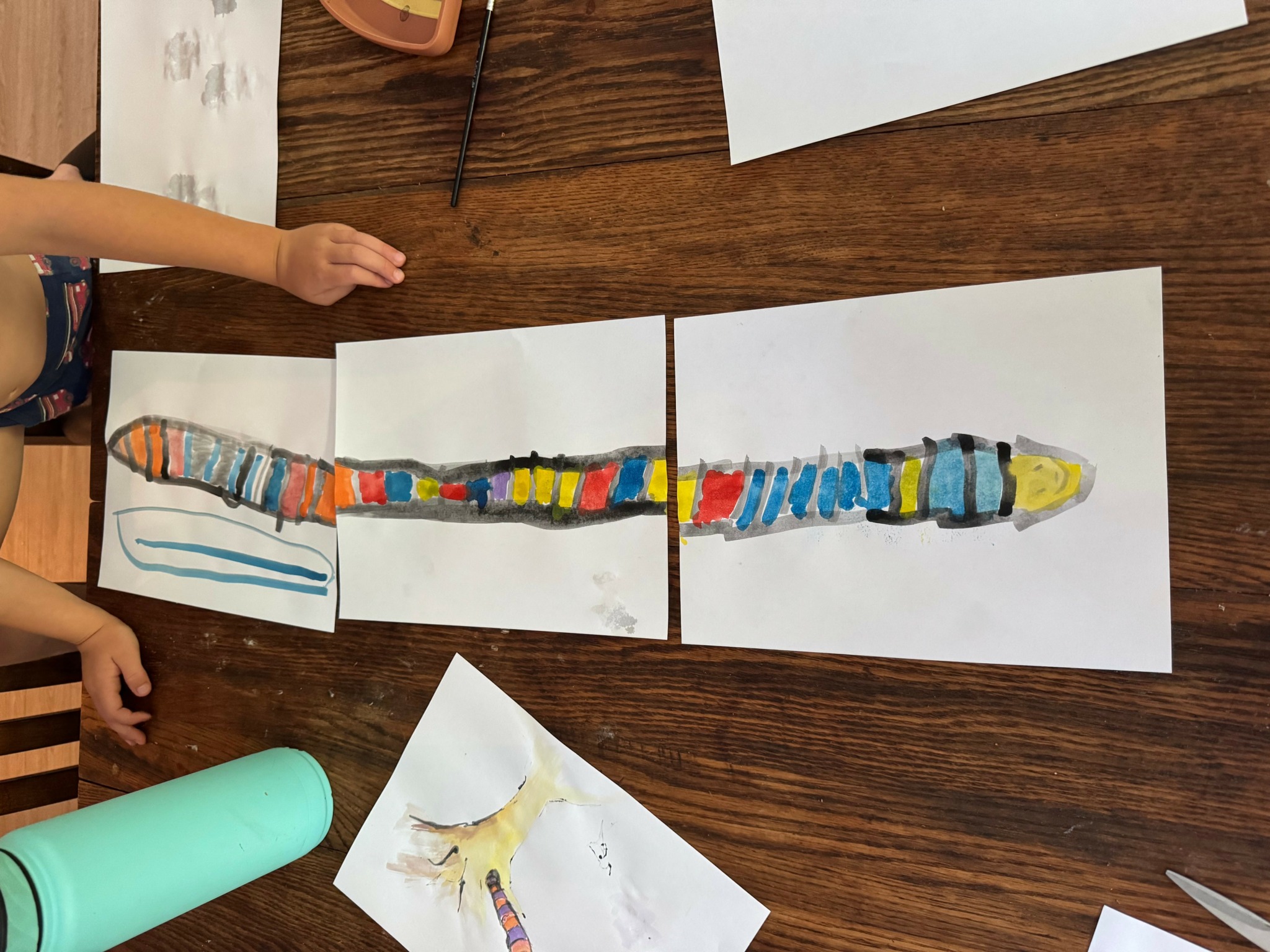
What do you find most rewarding about being a creative?
Having two young kids now, I do a decent bit of playing. While driving a toy recycling truck around in circles on a playroom rug can be a fun time, especially for the kiddos, my reinvigorated creativity has spilled over to the ways I see them imagine, build, and play. It shows up in us creatively problem solving together. It helps the kids experience failure less like an irreparable defeat and more like a nudge toward a new way of thinking or a new way of doing. It encourages exploration both for the kids and myself and can help us all better understand ourselves.
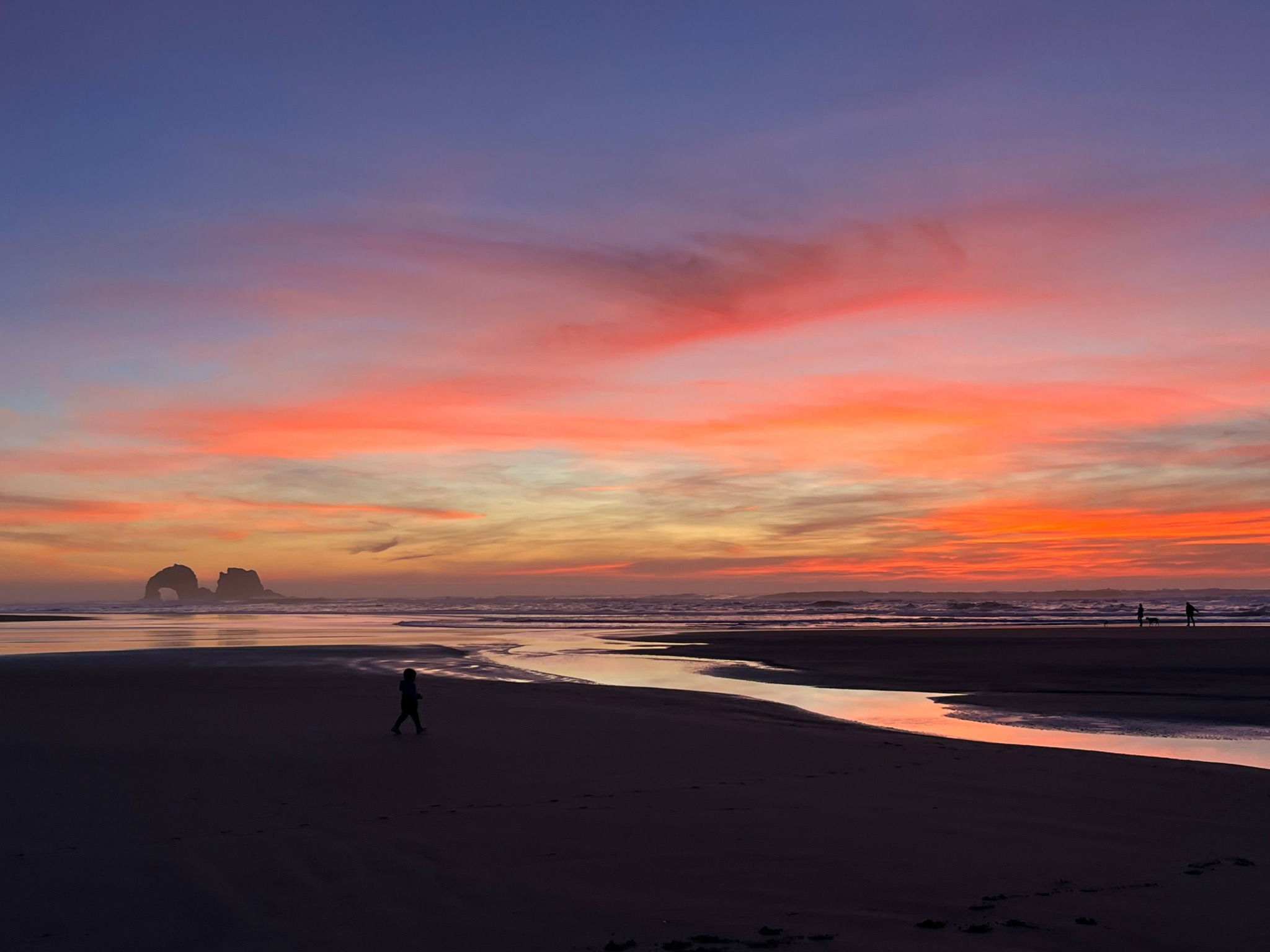
Do you think there is something that non-creatives might struggle to understand about your journey as a creative? Maybe you can shed some light?
I think of the blurred line between “creatives” and “non-creatives” as almost entirely defined by self-doubt, fear of failure, and anxiety in the face of uncertainty. I don’t think that creatives are born creatives. On top of that, I don’t think being “good” at art makes you a creative. Expressing and cultivating creativity comes with risks and failure. Some never want to go through that perilous process. Others may want to but are paralyzed by a perceived insurmountability of means for getting to the end. Ultimately, if the stars align and those deterrents to creativity are challenged, anyone can be a creative. Creativity is grown and we all have the seed.
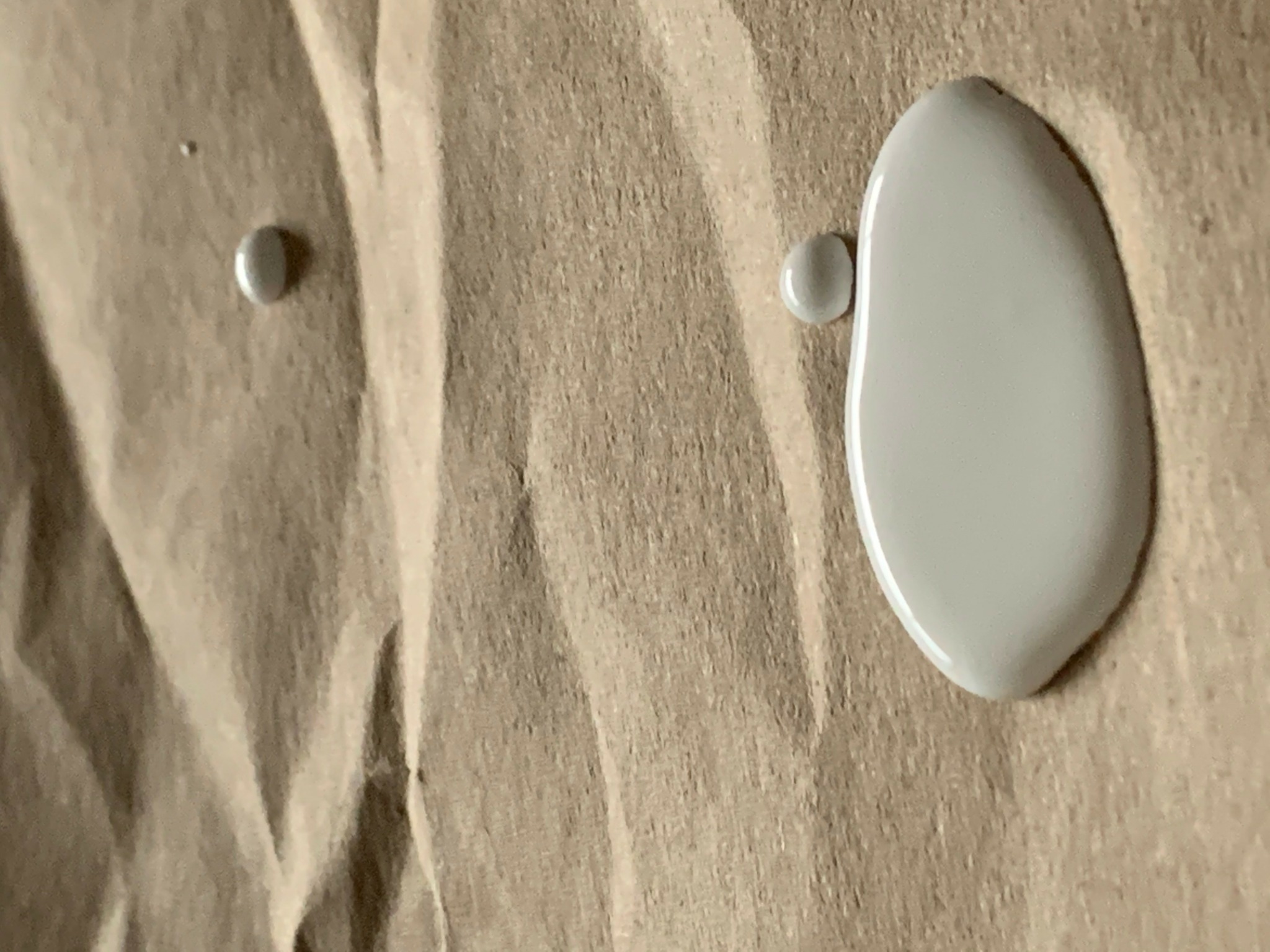
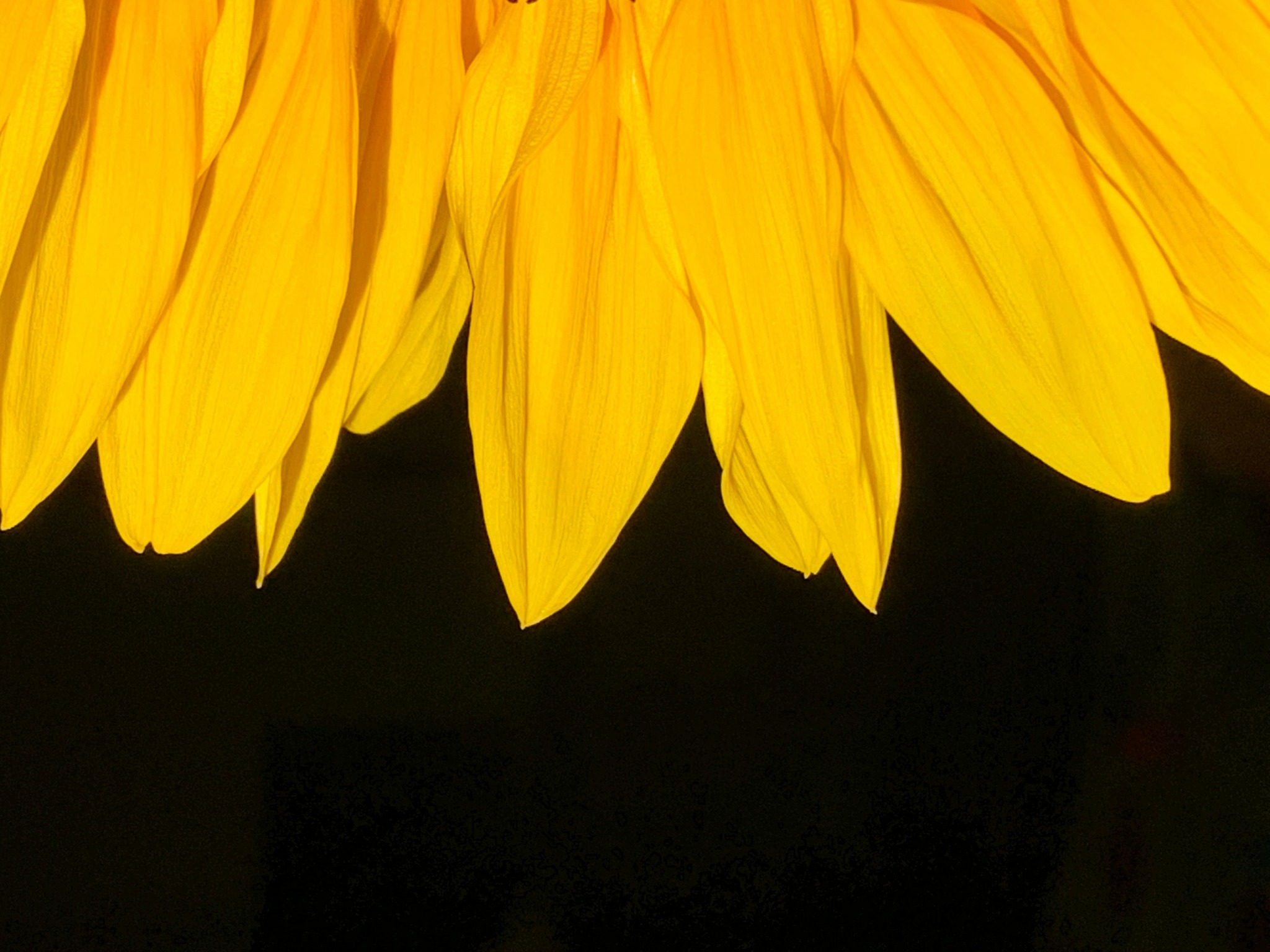
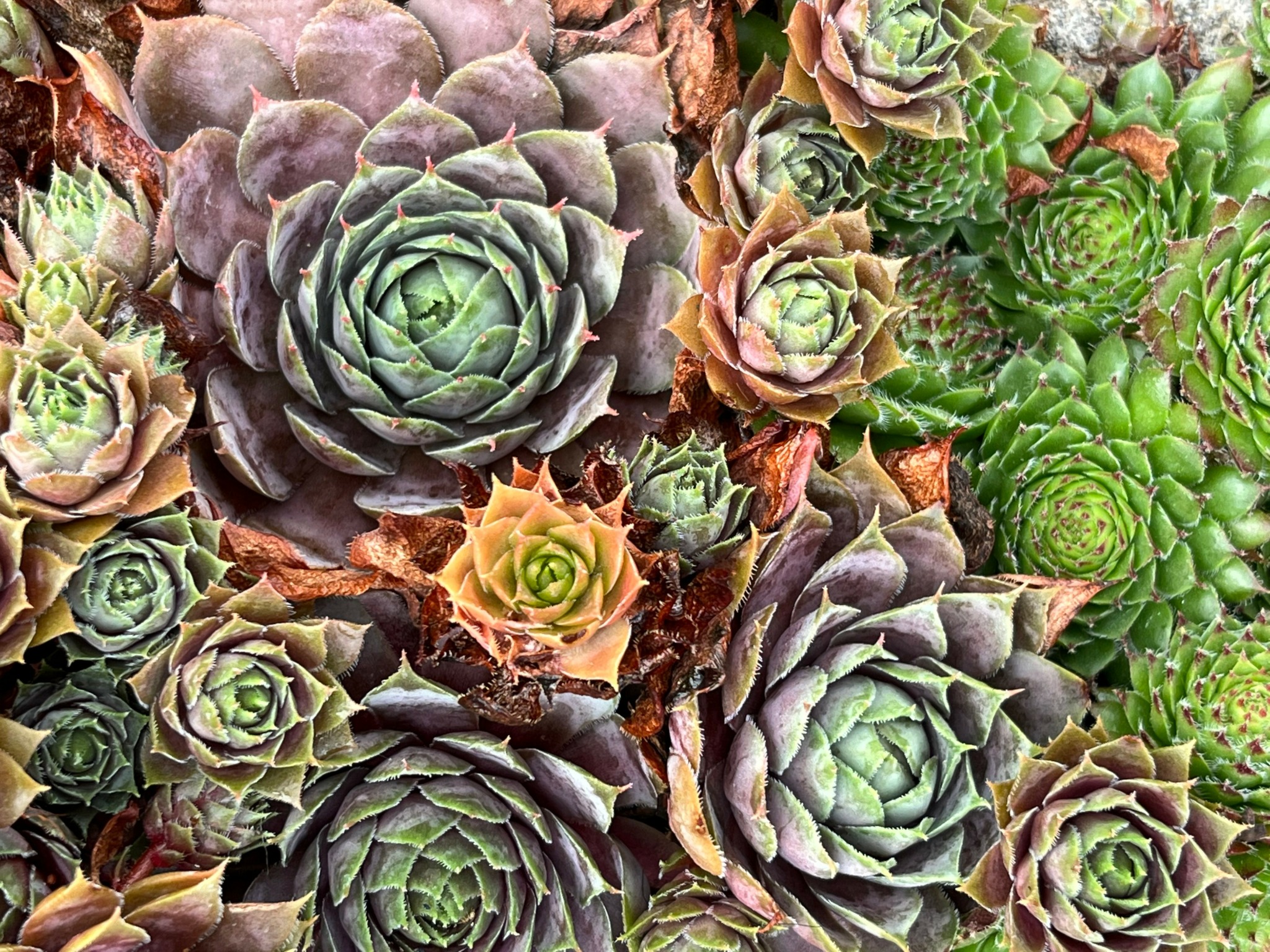
Image Credits
Matthew Moore


